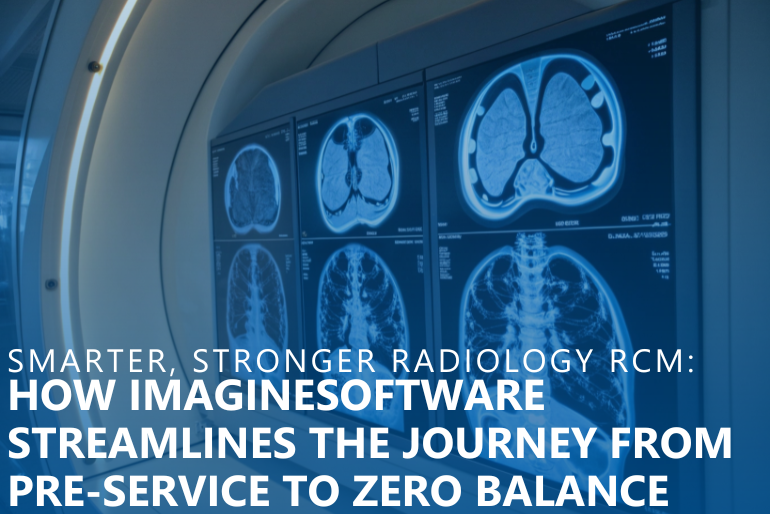As healthcare continues to evolve and innovative technologies emerge, organizations need to remain at the forefront of the latest trends to remain competitive. This includes investing in strategies that can help increase intrinsic value through enhanced patient engagement. Here are some potential predictions for future developments that may be seen within this field:
Increased Use of Artificial Intelligence (AI)
It comes as no surprise that Artificial Intelligence is transforming the healthcare industry. With many organizations now using AI to improve patient engagement and optimize care, this technology has become indispensable for providing personalized health services, improving medical research, and reducing administrative costs.
AI-based technologies are used in numerous ways to enhance patient engagement. For example, virtual assistants can be used to provide 24/7 access to information about symptoms, treatments, and medications. Using natural language processing technology, these bots can understand questions from patients and respond with accurate answers. This helps reduce wait times during appointments and allows patients more control over their own healthcare decisions.
Another more direct way AI is being used to increase patient engagement is through predictive analytics tools that analyze large datasets of clinical data to identify trends or patterns that may indicate potential problems or illnesses before they occur. According to Rob Gontarek, Sr. VP of Data Science Operations at ImagineSoftware, “by tracking changes in a patient’s health over time, clinicians can proactively address issues before they become serious enough to warrant hospitalization or emergency interventions. Additionally, predictive modeling tools allow doctors to predict how certain diseases will progress based on factors including demographics and lifestyle choices which will allow them to develop more tailored treatment plans for individual patients based on their specific needs. “
Finally, machine learning algorithms are being employed by many hospitals as part of their telemedicine programs; these algorithms enable physicians to remotely monitor vital signs from home so that they can intervene, if necessary, without requiring an office visit every time something goes wrong with a patient’s health condition. This reduces travel expenses for the patient while also allowing them quicker access to medical attention when needed most urgently—both of which lead to improved outcomes overall since faster response times often equate with better results in terms of recovery speed and prognosis accuracy down the line.
Improved Accessibility Through Digital Channels
In recent years, healthcare providers have been working to improve patient engagement through digital channels. Improved accessibility of services and information has become increasingly important for patients looking for convenient care options that fit their lifestyles and needs. As a result, healthcare organizations are leveraging technology to create more accessible experiences for their patients.
Digital channels have opened new ways of providing better access to care, from telemedicine appointments with doctors to online portals where patients can view their medical records and interact with clinicians in real time. These technologies can help bridge the gap between traditional face-to-face visits and modern digital interactions, allowing healthcare providers to offer more flexible options to meet patient demands.
Improved access also helps reduce wait times when seeking treatment or advice from a provider by eliminating the need for physical travel or waiting rooms filled with other people who may be ill or contagious. Rural and homebound patients can benefit from having needed healthcare that does not place a burden of travel. Through these digital channels, patients can receive prompt attention at any time of the day without leaving home. This was especially beneficial during pandemics like COVID-19 when social distancing measures limited contact between individuals as much as possible.
Additionally, improved accessibility via digital channels enables self-care initiatives such as remote monitoring which allows chronically ill individuals greater freedom while managing their condition on an ongoing basis without relying solely on professional medical assistance. Digital health platforms also provide educational resources so that users can stay informed about their health conditions and treatments available – all from the comfort of home!
Finally, these technologies make it easier for practitioners themselves by streamlining administrative tasks like scheduling appointments or filing claims electronically instead of manually processing paper forms – freeing up valuable time that would otherwise be spent doing mundane paperwork instead of treating patients directly in person or remotely via video call/chat session, etc. Learn more about ImagineSoftware’s autonomous revenue cycle management technologies, streamlining front and back-office tasks for seamless experiences for both practitioners and patients.
Greater Emphasis on Patient Education
Patient engagement has become an increasingly important focus in healthcare today. With the rise of consumerism, patients have become more informed and involved in their own care decisions. To ensure that patients have access to quality care, providers must prioritize patient education and engagement strategies.
Patient education is a critical component of effective patient engagement. It helps equip patients with the knowledge they need to make informed decisions about their health and well-being. Providers can use various methods to educate patients on topics like disease prevention, treatment options, lifestyle changes, nutrition advice, medication management, and other aspects of healthcare. Patient education additionally allows providers to keep up with new developments in medical treatments so they can better tailor their recommendations for individual needs.
Providing educational materials to help inform patient decision-making is just one part of effective patient engagement strategies; it is also necessary for providers themselves to be actively engaged with each patient throughout the entire process. This means taking time during appointments not only to discuss information but also to listen carefully and answer questions or concerns that may arise from the conversation or any additional research conducted by the patient at home after leaving the office visit. Furthermore, providing resources like online portals where patients can easily access educational materials outside of appointment times will better enhance communication between provider and patient as well as build trust within this relationship, which is essential for continued success over time.
By investing greater emphasis on both educating patients about their health conditions as well as engaging them through active listening during provider visits – physicians will be able to create stronger relationships built upon mutual understanding which leads to improved overall outcomes for all parties involved.
The importance of patient engagement is growing every day – from ensuring successful treatments to improving health outcomes overall. With technological advancements such as artificial intelligence (AI) and digital channels, providers are now able to provide their patients with greater access to information about their health which helps them create stronger relationships and improve patient outcomes. Furthermore, organizations need to foster trust between themselves and their patients by working towards a culture of transparency and encouraging open communication. Investing in strategies that focus on increasing intrinsic value through enhanced engagement will be integral to any successful healthcare organization.
This is the cornerstone of patient-centered healthcare.



